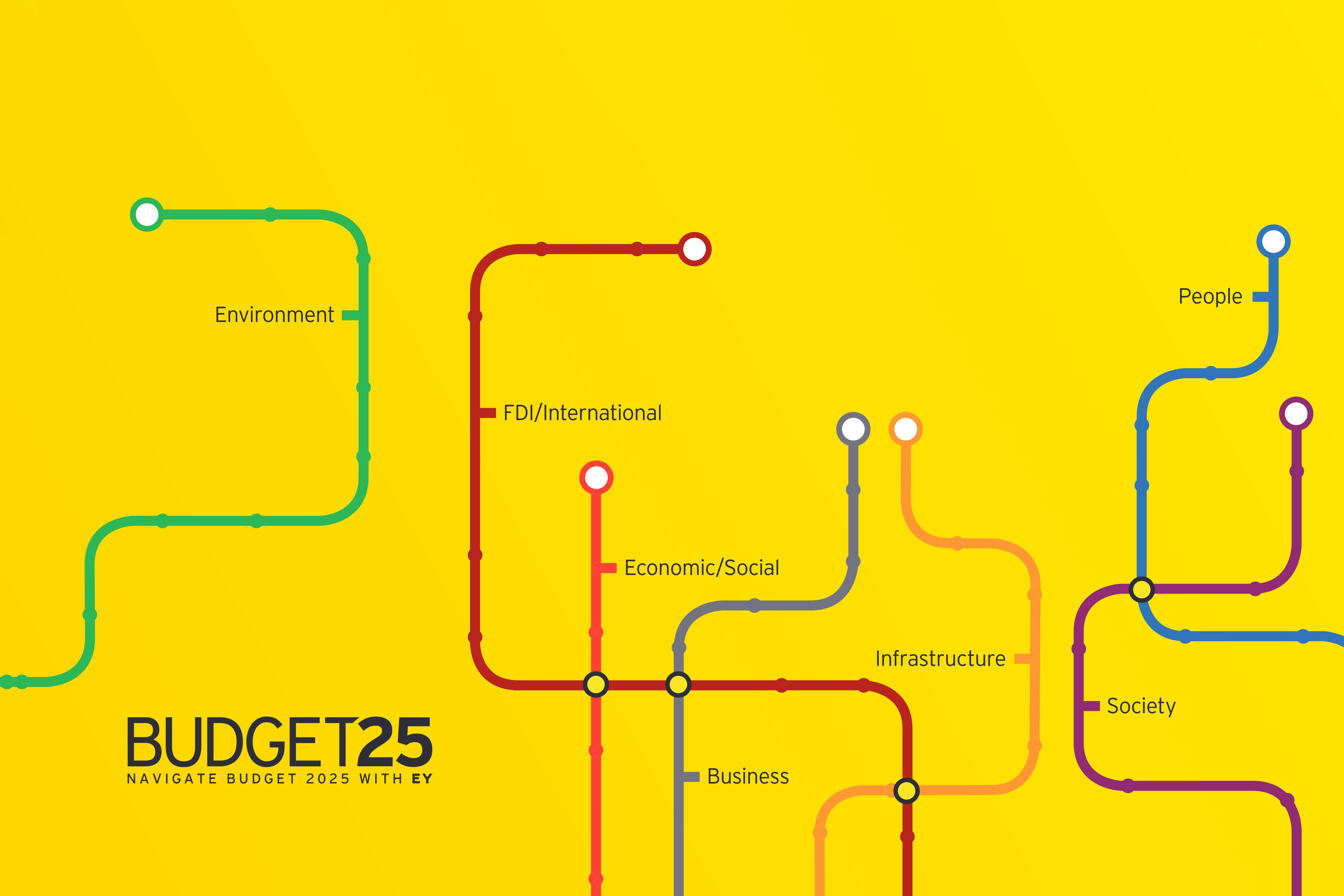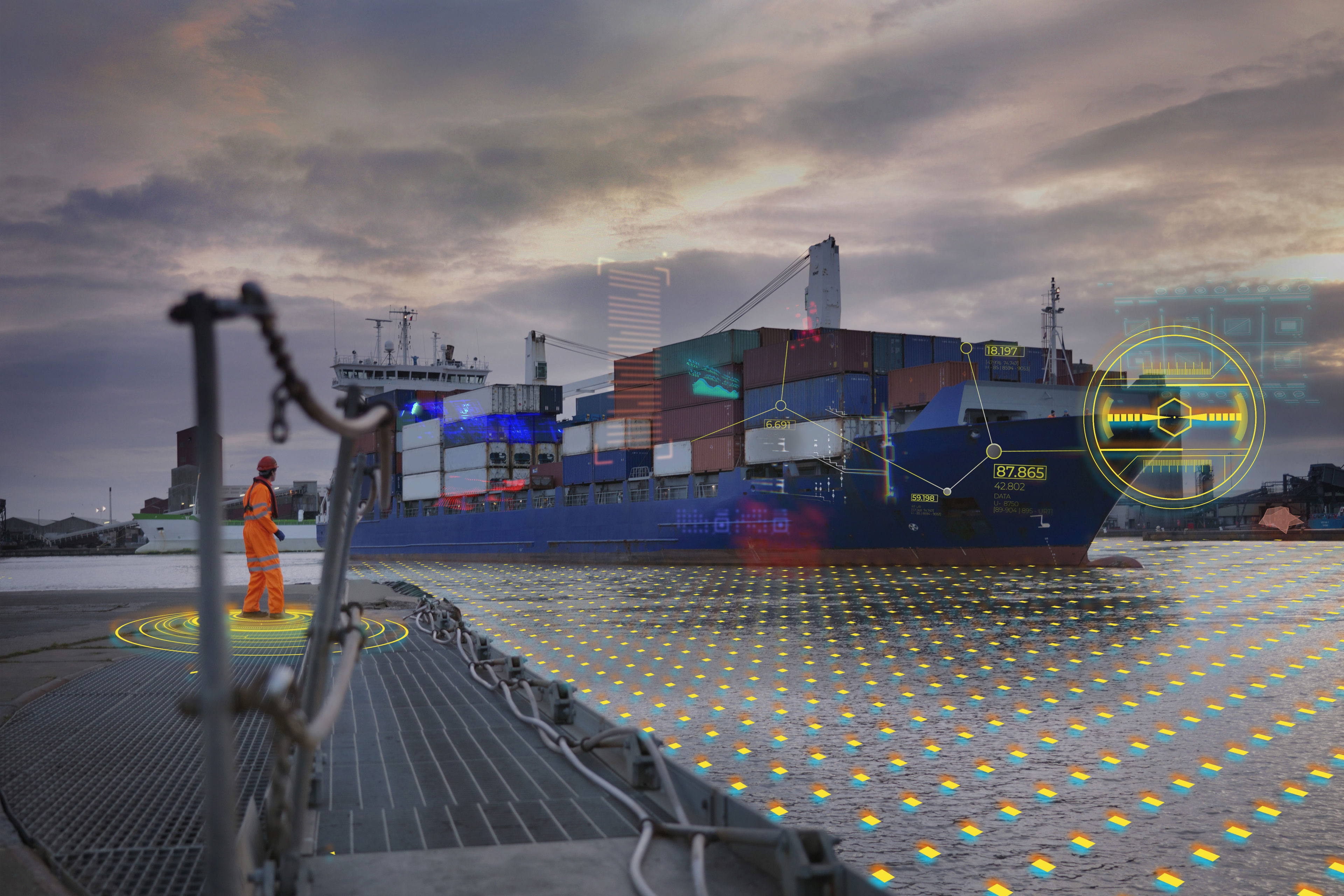EY refers to the global organization, and may refer to one or more, of the member firms of Ernst & Young Global Limited, each of which is a separate legal entity. Ernst & Young Global Limited, a UK company limited by guarantee, does not provide services to clients.

As organisations are forced to reshape their upended supply chains, they must be aware of the tax consequences as they shift substance across jurisdictions.
In brief
- The efficacy of the centralised model is being challenged by the Organisation for Economic Co-operation and Development’s project on base erosion and profit shifting (BEPS) and various other economic and geopolitical factors.
- Organisations may need to deploy a more significant number of people, functions, and assets in certain countries to meet economic substance requirements arising out of BEPS.
- A key reason for adopting a multi-hub approach is also the need to increase supply chain resilience by nearshoring or onshoring.
The traditional centralised business operating model with a single global or regional hub location has remained dominant for many years but this may be about to change. Continued digitalisation, the onward march of online sales channels, the increase in state-imposed trade barriers, talent constraints brought about by COVID-19 are among the many reasons why businesses are reconsidering their operating models. But the more important factors for reimagining operating models are the impact of BEPS Pillar 1, which will provide for a new means of attributing profit, and Pillar 2, and the proposed introduction of a global minimum effective tax rate.
The old model has served businesses well, and countries like Ireland have benefited too. The centralised model reduces duplication of effort and functions and enables organisations to take advantage of incentives offered by jurisdictions seeking to attract global investment. Ireland has been particularly successful in that regard over the past two decades.
The efficacy of the centralised model is being challenged by the ongoing Organisation for Economic Co-operation and Development (OECD) BEPS process. Among its aims has been the reduction in the model’s tax advantages by focusing on transparency, substance, and coherence. The result has been an increase in the cost and complexity of tax compliance for globalised organisations employing the centralised model. This, in turn, is driving them to locate activity in larger economies.
Meanwhile, should the new means of attributing profit as well as the global minimum effective tax rate be introduced, it will further erode the tax advantages enjoyed by the centralised model.
What’s the alternative?
A loose definition of a multi-hub model is one in which a single, centralised structure is replaced by one with high value business functions located in multiple countries. Its benefits include increased agility, the ability to tap into wider and deeper talent pools in different jurisdictions, closer proximity to customers, and an improved ability to customise goods and services to meet their specific needs.
Furthermore, by adopting a fully distributed tax operating model to reflect the business operating model and spreading income in a more decentralised manner, an organisation may be better able to deal with future tax risk.
Indeed, from a tax and talent point of view, organisations may find themselves having to deploy a more significant number of people, functions, and assets in certain countries to meet economic substance requirements. The multi-hub model lends itself to such actions.
Supply chain resilience
The fragility of highly complex global supply chains was exposed during the COVID-19 pandemic. Traditional just-in-time production models simply ground to a halt resulting in global shortages of everything ‑ from cars to kiwi fruit. The response has been to increase supply chain resilience by nearshoring or onshoring.
However, as organisations seek to reshape their supply chains, they must also be aware of the tax consequences, be it corporate tax, indirect tax, etc., as they shift substance across jurisdictions.
Geopolitical dimensions
Moves by governments around the world to increase trade regulation is another factor driving decentralisation. For example, the UK’s exit from the European Union has added a new layer of complexity to trade with that country and may necessitate companies to consider establishing an in-market presence. At another level, regulations curbing the activities of overseas companies in certain markets may also require companies to establish operations with real substance in those territories if they are deemed of sufficient value to them.
Sustainability matters
LATTE isn’t just a coffee drink, it is also the acronym for local, authentic, traceable, transparent, and ethical consumer products. Increasing demand for these ethically sound goods is accelerating the drive to nearshoring and onshoring and consequently the move to a multi-hub, decentralised business model.
It is not enough to just apply a label to a product to make it appeal to ESG conscious consumer cohorts. Businesses will need to have the right people located in-market to customise products to meet local needs and preferences.
The pros and cons
A fear of inadvertently increasing the effective tax rate paid by corporations has been one of the main obstacles to the adoption of the decentralised model. However, the BEPs process will all but eliminate the potential cost difference, while the increased focus on the taxation of income from intangibles on the part of a number of major economies is further reducing the perceived tax advantages of the centralised model.
There are also concerns that the administration of a decentralised model may be more complex than traditional models, but arrangements can be put in place to eliminate that complexity.
That said, any organisation considering a switch to a decentralised model should carry out a thorough cost benefit analysis and business risk assessment to ensure the benefits outweigh any potential increases in cost and complexity. While the model may not suit every organisation, and is more important in some industries than others, it is clear that many global businesses would benefit from the move.
Summary
The switch to a multi-hub model can help organisations build supply chain resilience while also protecting against future tax risk by enabling them to spread their income in a more decentralised manner. There are no predetermined rules for the adoption of a fully distributed tax operating model. Based upon their individual needs, organisations need to make a choice about how many hubs they should have, what functions should be dispersed, and where they should be based.
How EY can help
-
Our indirect tax compliance service professionals can help you meet your compliance obligations and business goals around the world. Find out how.
Read more



